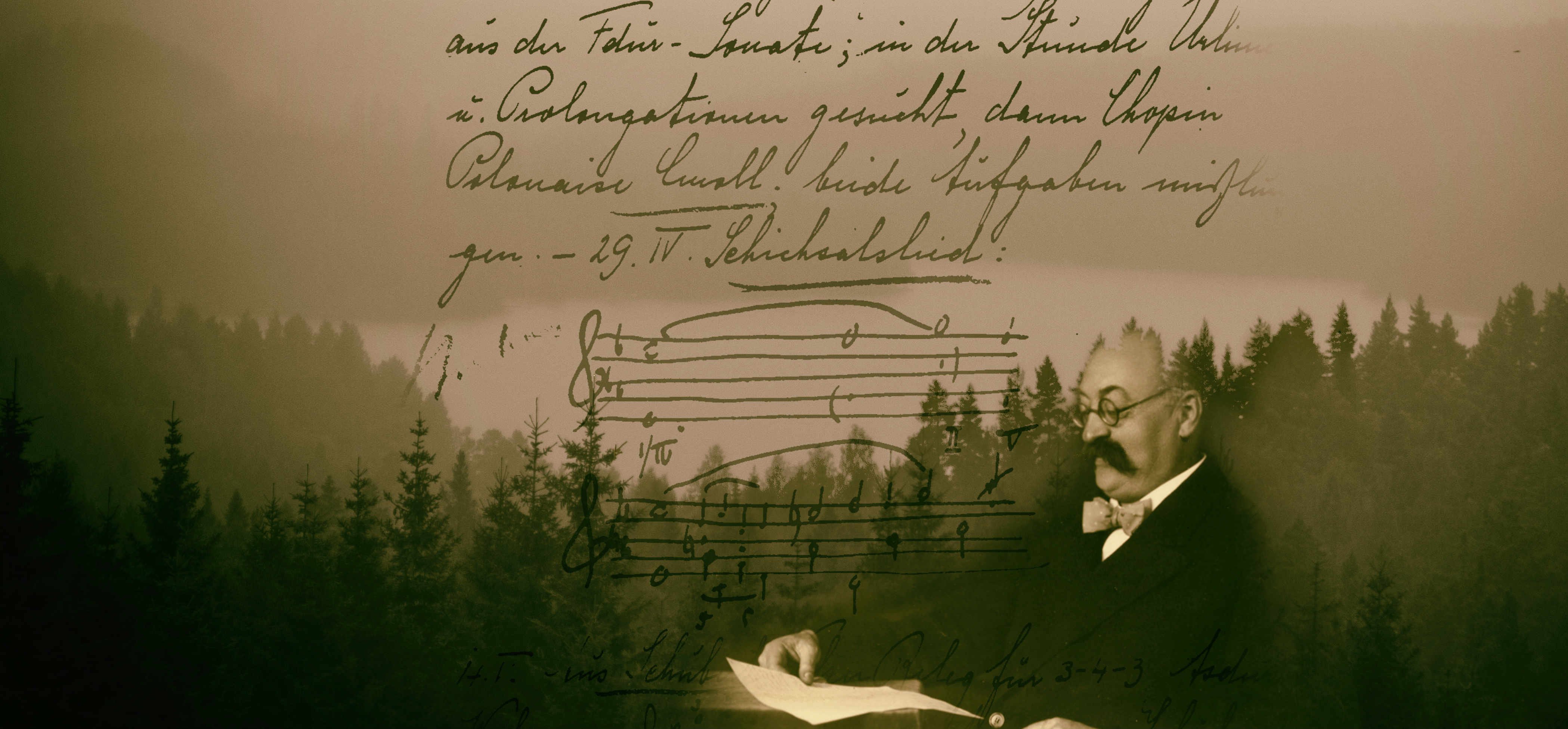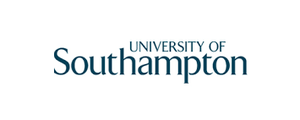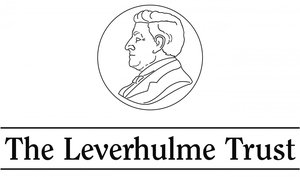Viennese musician and teacher Heinrich Schenker (1868-1935), the twentieth century's leading theorist of tonal music, maintained a vigorous correspondence over nearly half a century, kept a meticulously detailed diary over 40 years, and recorded precise notes on lessons that he gave over a period of twenty years. It is these three collections of personal documents that constitute the core of Schenker Documents Online.
Background
Schenker Documents Online is an ongoing project to make available all the surviving correspondence, diaries, and lessonbooks of Heinrich Schenker.
Schenker's lifetime saw major historical and cultural upheavals: the First World War and the collapse of the Austro-Hungarian Empire; economic depression and the rise of fascism in Europe; the explosion of modernist movements in literature, the plastic arts, dance, and music. A keen and opinionated observer, Schenker records and reacts to the events and changes around him in letters, diaries and notebooks while pursuing a busy working life as composer, teacher, and author. His formalized theories of music and methods of musical analysis profoundly influenced his students and they in turn spread and promoted his ideas, particularly in the United Staes where many fled during the 1930s to escape the Nazis. It is thanks to this scattering of his disciples that so much of Schenker's voluminous correspondence has been preserved.
Since 2003 the project's editorial team, assisted by scholars in Europe and America, have transcribed and translated major collections of letters to and from Schenker, together with his diaries, lessonbooks and other documents relating to his life, work, and legacy. Put into XML files and painstakingly encoded with customized TEI markup these documents are presented in both German and English in a display format that signals features of interest such as authorial additions and deletions, changes of handwriting, and editorial interventions. An extensive set of profiles provides information about the important entities - persons, places, musical works, etc. - that are mentioned in the documents or are importantly related to them. Documents are related to each other by the browsing option, by internal cross-references, and by profile pages which contain links to all documents pertaining to that entity.
The graphic design is universally applauded by users, and the authority-table/database facility is a joy to useProfessor Ian Bent
University of Cambridge
How we worked
-
Modelling
We studied a range of samples and talked with the editorial team about their requirements before creating a custom encoding schema that could capture different document structures and textual features important to a critical scholarly edition.
-
Facilitation
We populated a powerful entity authority management tool called EATS with hundreds of entity records and set up for the encoders a plugin for the popular oXygen XML editor which enabled convenient entity lookup and disambiguation and provided easy double-click markup of entity instances in the primary XML files.
-
Aggregating
To help users navigate the vast world of Schenker's life and times as captured in the documents the team made full use of the Apache Solr search engine and XSLT stylesheets to gather related information from different site components and display them together.
-
Support
The last grant funded period ended in 2013 but KDL continues to support the editorial team, helping them add new material to the site and collaborating on new funding bids.
The Team
-

Paul Caton
Research Developer
I thoroughly enjoyed working on SDO. The material is fascinating and gives you a sense of intimate familiarity with Schenker's everyday life. It was very satisfying to work through the technical challenges of organizing, processing, and presenting the textual data and help the editors realize the vision that had driven their decade-long effort.
-

Professor Ian Bent
Project Lead
The first requirement for SDO was to store (including musical notation and special characters) and display bilingually, with editorial apparatus, items in the three categories of documents held in the online edition: correspondence (7,000 items), diaries (4,500 pages), and lesson books (560 pages). The second requirement was to allow fluid inter-connections between the three categories (despite their contents being stored and coded differently). The third requirement was to provide a means of tagging all entities occurring in the texts of items, establish authority tables and hold each occurrence of each entity in a database, on the basis of which the all-important look-up lexicon (effectively an internal historical dictionary) was built.
Throughout the eight years of this highly active on-going project, technical support from and project management by KDL have been superb, and informal contacts between project editors and research officers unfailingly helpful. The graphic design is universally applauded by users, and the authority-table/database facility is a joy to use. SDO has been given excellent service throughout.







